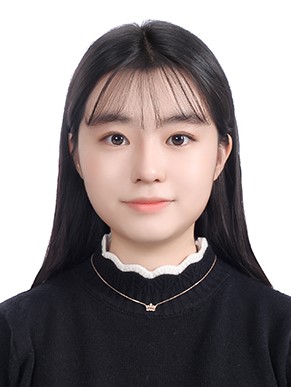In 1979, James Dyson felt that dust suction had decreased over time when he was cleaning his home by using a mini vacuum cleaner. Afterwards, he analyzed the vacuum cleaner, and found that dust blocked fine holes in the dust bag, reducing the suction power of the vacuum cleaner. Starting with his discomfort, he decided to develop a new concept for a vacuum cleaner. After producing 5,127 prototypes in five years, he invented the world‘s first dust-free vacuum cleaner in 1984. Here, we have a question of how he was able to constantly strive and immerse himself in looking for a solution for five years, despite failing many times. Then it can be seen that the desire for “a little more convenient, a little simpler and a little easier” must have influenced the invention. So, I would like to support Maslow‘s five stages of human needs, ”Invention is made by human needs."
Maslow‘s human needs theory gradually develops in five stages. ‘Physiological desire,’ the primary desire to meet the most basic things in life, refers to the desire to beautify the appearance of a product, and simplify the structure. For example, there are formatively beautiful products based on the golden ratio, concertina structure to reduce volume, and produce prefabricated furniture. The second one, ‘Desire for safety,’ refers to the desire to pursue invention for safety. Examples include seat belts that withstand gravity, wingless fans, and pot handle rubbers that block heat. Third, the ‘Desire for affection’ is the desire for invention to make contact and block. Examples include bookcases, zippers, curtains, suntan, and goggles. Fourth, the ‘Desire for respect’ includes the desire for invention that respects the uniqueness of nature. For example, there are solar panels and biodegradable paper straws. Then there are reusable electric shavers and electronic cigarettes. The last one, ‘Desire for self-realization,’ includes the desire for invention through experience. For instance, there are refrigerators in which the upper compartment is a freezer, vehicle headlights turn on when the steering wheel is turned on at night, and finger hook codes.
So, what stage does Dyson correspond to? It can be seen as a desire for self-realization in which the inventor tried to solve the problem based on his uncomfortable experience and a desire for respect in which he tried to save goods by removing dust envelopes.
In conclusion, until now, inventions caused by human needs have made life more convenient. Ingenious ideas change the world, and their driving forces come from human needs. In this respect, all humans are living by inventing something little by little in their lives. In the future, if human needs steadily affect the rate of inventions, a future that cannot be imagined at present will soon emerge. The need for invention will be combined with any field to produce various results, and they will create a new future.

Lee Su-been
[Division Of Design, 20, Incheon National University]


